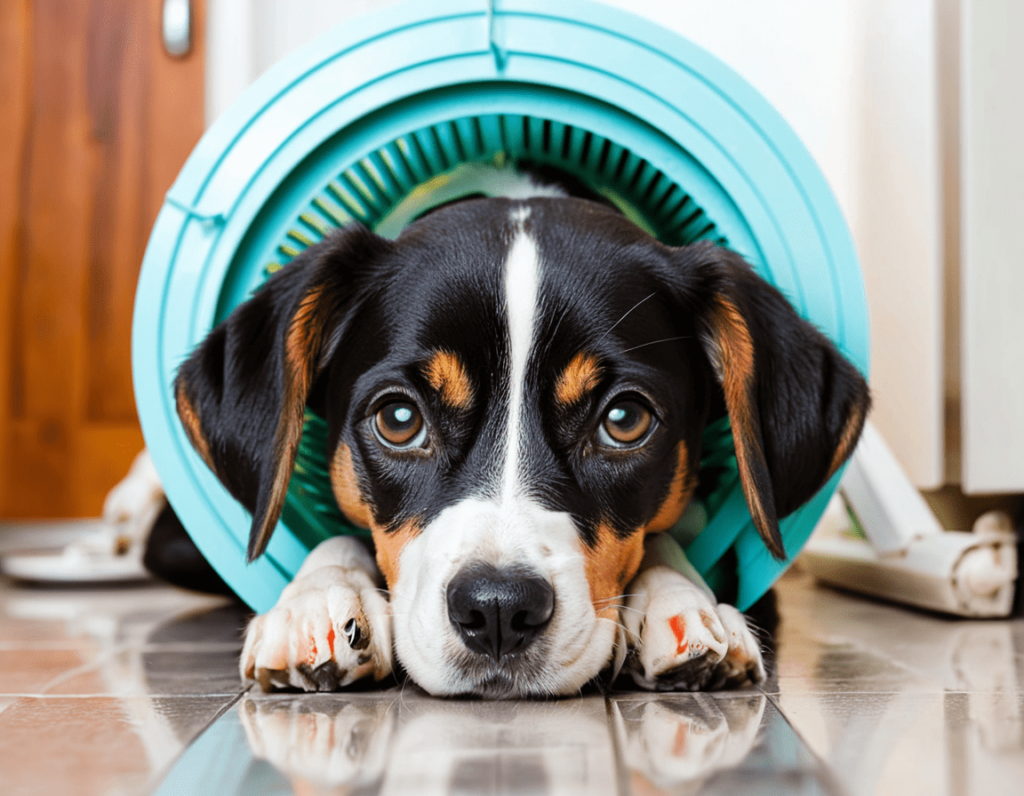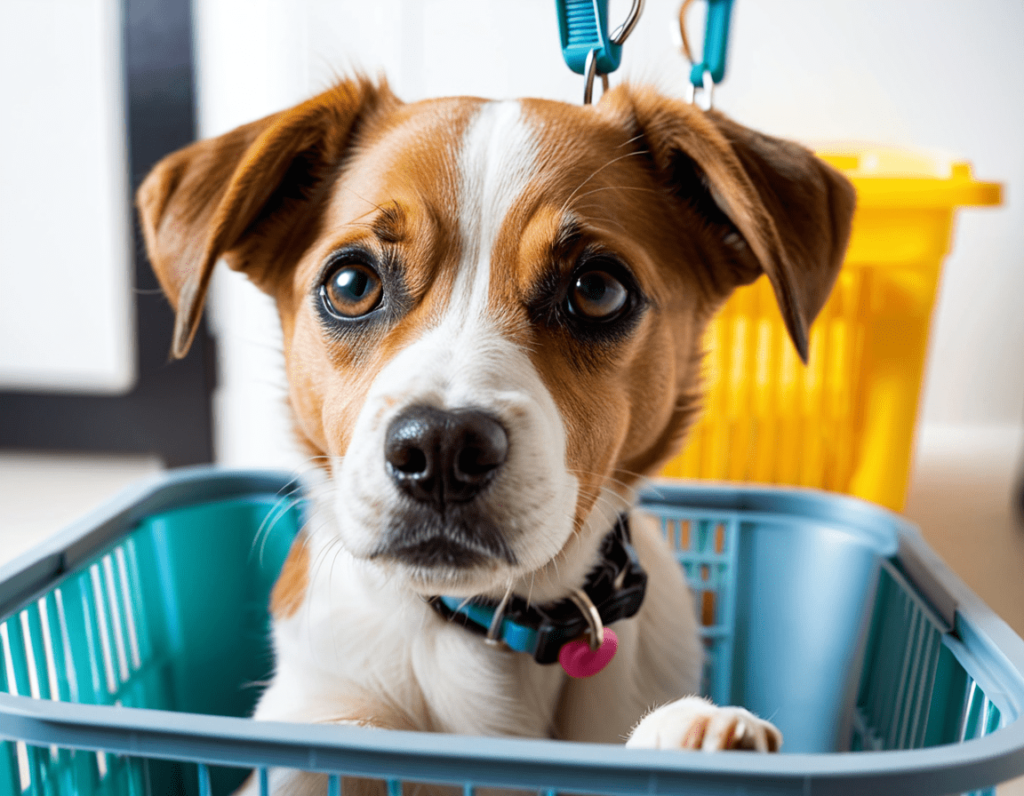
When it comes to caring for our furry friends, one important topic often comes up: spaying and neutering. If you’re scratching your head wondering what these terms mean or why they matter, you’re in the right place! Let’s break it down in simple terms, with a sprinkle of humour along the way. After all, a little laughter makes learning about our beloved pups even more enjoyable!
What Does Spaying and Neutering Mean?
Spaying is the process of surgically removing a female dog’s reproductive organs. This procedure ensures that she can no longer become pregnant. On the flip side, neutering refers to the removal of a male dog’s testicles, which means he can’t father puppies. Think of it as giving your dog a permanent vacation from the responsibility of parenthood—because, let’s be honest, being a dog parent is a full-time job!
The Benefits of Spaying/Neutering
1. Preventing Unwanted Litters
One of the most significant benefits of spaying and neutering is that it helps control the pet population. Every year, millions of dogs end up in shelters because there aren’t enough loving homes for them. By spaying or neutering your dog, you’re taking a responsible step to help reduce this heartbreaking situation. Plus, you won’t have to worry about a surprise litter of puppies that turns your living room into a canine playground!
2. Health Benefits
Spaying and neutering can also provide various health benefits for your dog:
- For females: Spaying eliminates the risk of uterine infections and reduces the risk of mammary tumours, especially if done before their first heat cycle. That’s like giving them a VIP ticket to a healthy life!
- For males: Neutering helps prevent testicular cancer and reduces the risk of prostate issues. It’s a win-win for their health and well-being.

3. Behavioral Improvements
Let’s face it—dogs can sometimes be a little… rambunctious. Spaying and neutering can lead to better behaviour in both male and female dogs.
- Males: Neutering often reduces aggressive behaviours, like marking territory (nobody wants a dog that treats your house like a post office!). They may also be less likely to roam in search of a mate, meaning fewer adventures chasing after squirrels or, worse, getting lost.
- Females: Spaying eliminates the heat cycle, which can lead to mood swings and excessive barking. Who wants a diva dog in the house, right?
4. Cost-Effective
While there may be an upfront cost to spaying or neutering, it can save you money in the long run. Caring for a litter of puppies or dealing with health issues related to unspayed or unneutered dogs can quickly add up. Investing in this procedure is like putting money in your doggy piggy bank!
5. Longer Lifespan
Studies have shown that spayed and neutered dogs tend to live longer than their intact counterparts. This is partly due to their reduced risk of certain diseases and health complications. So, by taking this step, you’re not only helping your dog be happier and healthier, but you’re also extending their time with you. More cuddles, more tail wags—who wouldn’t want that?
6. It’s the Responsible Choice
As a pet owner, it’s essential to make choices that benefit not just your dog but also the community. Spaying and neutering are acts of responsibility that contribute to a healthier pet population and help reduce the number of homeless animals.
FAQs About Spaying/Neutering Dogs
1. At what age should I spay or neuter my dog?
Answer: The ideal age to spay or neuter your dog can vary based on the breed and size. Generally, it’s recommended to do this procedure between six months to one year of age. However, some larger breeds may benefit from waiting until they are a bit older to allow for proper growth and development. Always consult your veterinarian for the best timing for your specific dog.
2. Will spaying or neutering make my dog gain weight?
Answer: While it’s a common myth that spaying or neutering causes weight gain, it’s more about managing your dog’s diet and exercise. After the procedure, dogs may have a lower metabolism, but with proper portion control and regular exercise, you can keep your pup fit and trim. Think of it as a gentle reminder to keep the treats to a minimum!

3. What should I expect after my dog is spayed/neutered?
Answer: After the procedure, your dog may be a bit groggy and will need some time to recover. It’s important to limit their activity for a few days to prevent any complications. Keep an eye on their incision site and watch for any signs of infection, like excessive redness or swelling. Most dogs bounce back quickly, eager to resume their usual antics!
4. Can spaying/neutering affect my dog’s behaviour?
Answer: Yes, spaying or neutering can lead to positive behavioural changes. For example, males may become less aggressive and less prone to marking their territory, while females won’t go through heat cycles, which can result in mood swings. Overall, you can expect a calmer, more settled pup.
5. Are there any risks associated with spaying/neutering?
Answer: Like any surgical procedure, spaying and neutering come with some risks, such as anesthesia reactions or post-operative infections. However, these risks are relatively low, especially when the procedures are performed by a qualified veterinarian. The benefits of spaying/neutering usually far outweigh the potential risks.
6. What are the alternatives to spaying/neutering?
Answer: While there are some alternatives, such as hormone treatments and other methods of birth control for dogs, these options are often less effective and can have side effects. Spaying and neutering remain the most reliable methods to prevent unwanted litter and improve your dog’s health.

7. Can I still breed my dog after spaying/neutering?
Answer: No, once your dog is spayed or neutered, they will no longer be able to reproduce. If you’re considering breeding your dog, you should wait until they are fully grown and healthy, and be sure to do thorough research and have a solid plan in place for the puppies.
8. How can I find a low-cost spay/neuter clinic?
Answer: Many animal shelters and nonprofit organisations offer low-cost spay and neuter services. Check with local animal welfare groups, your veterinarian, or search online for clinics in your area that provide affordable options. Remember, it’s better to have a spayed or neutered dog than to miss out on the opportunity due to cost!
9. How do I care for my dog after they’ve been spayed/neutered?
Answer: After the procedure, make sure your dog gets plenty of rest and limits their activities for a few days. You may need to use an Elizabethan collar (those adorable “cone of shame” collars) to prevent them from licking their incision. Provide a quiet space for them to recover, and keep an eye on their eating and drinking habits. If you notice any unusual behavior or complications, don’t hesitate to contact your vet.
10. Is it too late to spay/neuter my older dog?
Answer: It’s generally never too late to spay or neuter a dog. While older dogs may have different recovery times and potential health concerns, many can still safely undergo the procedure. Discuss any concerns with your veterinarian to determine the best course of action for your furry friend.
Conclusion
In conclusion, spaying and neutering are crucial decisions that lead to healthier, happier lives for dogs and help tackle the pet overpopulation crisis. By choosing to spay or neuter your furry companion, you’re making a responsible choice that benefits not only your dog but also the community. Plus, you’ll have one less thing to worry about—no unexpected litters to care for!
So, if you’re still on the fence, take the plunge and schedule that appointment. Your pup will thank you with slobbery kisses and tail wags, and you can rest easy knowing you’ve made a positive impact. Now, go on and enjoy those well-deserved puppy cuddles! 🐶❤️


